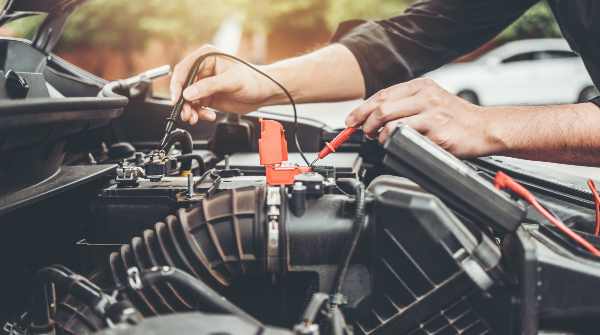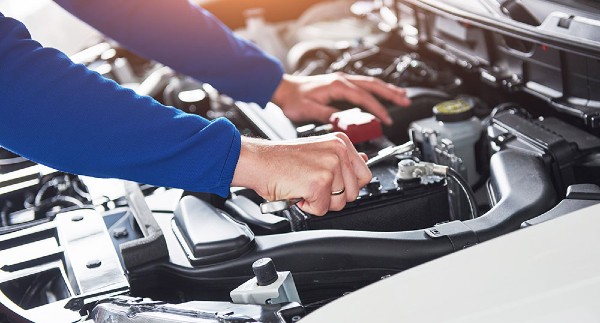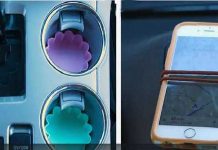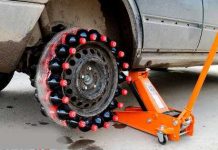A couple of decades ago, having a car that made it over 100,000 miles was a pretty significant milestone. However, with more advancements in the automotive industry, cars are lasting longer than ever. It’s not uncommon to see a car make it well past 300,000 miles given today’s industry standards. Owner maintenance also affects this, and there are several auto maintenance tips you can use to get a longer life out of your vehicle.

Power Steering Fluid
New vehicles have electric power steering, so there is no fluid. However, there is a hydraulic power steering system on almost all older vehicles and some new ones. The greater majority of vehicles on the road use power steering fluid.
Checking your power steering fluid on a regular basis can prevent the reservoir from going dry. The pump will fail without fluid, leaving you with hundreds of dollars in mechanical work. Most models have a cap that unscrews right on top of the reservoir with a small dipstick attached to the lid, making it easy to check. If you hear squeaking or whining coming from the steering column area, chances are it’s time to check the fluid.
Clean Air Filter
The cleanliness of your air filter affects several things. Your gas mileage can be reduced, the engine’s performance can suffer, and your car will release higher emissions due to a dirty air filter. As a general rule, you want to replace the air filter every two oil changes.
Tire Maintenance
Every time you change your oil, you must rotate your tires. A large portion of the money spent during the duration of your car’s life will go towards tires. Getting the most extended amount of life possible out of each set is essential.
Keeping your tires properly inflated will reduce improper wear. You’ll find the recommended PSI on the outside wall of each tire.
Ensure your car stays in proper alignment. An improperly aligned car will also lead to premature wear on your tires.
Oil Changes
Oil changes are probably the most crucial maintenance requirement for your vehicle. With lower amounts of oil, engines burn hotter. Your car uses oil to disperse heat. Without regular changes, the engine will burn off all the oil, leading to a blown motor.
Ensure that you use the proper weight of oil when performing an oil change. Various sized engines require different weights of oil.
Most manufacturers suggest an oil change every 3,000 miles. However, recent reporting shows that distances such as 5,000 miles can be sufficient. Using synthetic oils also greatly increases the length you can go between oil changes.
Flushing Coolant System
Over time coolants can cause rust to parts of your vehicle. Coolant is equipped with a rust inhibitor. Without flushing, this inhibitor will break down, leading to rust. This coolant needs to be flushed out of the system after about 50,000 miles.
Failure to flush the old coolant out can lead to a plugged thermostat. This issue can lead to improper temperature readings, which can cause overheating. Old coolant can also cause damage to your water pump.
Transmission Fluid
Transmission fluid acts in ways for the transmission, much like how the oil works for the engine. The transmission fluid reduces heat and causes the gears to shift smoother by lubricating the gears.
Failure to keep fluid in the transmission will lead to friction and higher temperatures. Eventually, the transmission will fail. Ensure the fluid stays topped off by checking the level on the dipstick inside the reservoir. The best time to check the transmission fluid is when the car has been running and is hot.
The transmission fluid is usually a darker red colour. If the fluid becomes excessively dark or murky, it could be time to complete a transmission flush.
Brake Fluid
Check your brake fluid regularly for safety. The reservoir is generally located on top or near the master cylinder. Over time fluid oxidizes and leads to water buildup, which can weaken the strength of the liquid.
Other than these options, one vital maintenance thing is comprehensive car insurance. This preventative service is auto insurance that covers your car’s maintenance as opposed to accidents.
Timing Belt
Your car will either have a rubber belt or a timing chain. These belts affect almost every mechanical function of your vehicle. The most important job is their connection from the crankshaft to the camshaft. This function regulates the opening and closing of the engine valves.
Check the outer edges for signs of wear and tear. Pieces of rubber will splinter from the edges of a belt that needs to be replaced. Check by running your finger along the middle of the belt to feel for thinner spots on the belt’s inner areas.
As a general rule, regardless of how the belt feels or looks, you’ll still want to perform a regular replacement. Depending on the manufacturer, the replacement is recommended anywhere from 50,000 to 100,000 miles.
Most of these maintenance checks take less than ten minutes to perform. By taking a little extra time before driving, you can save a lot of time, headache, and money in the long run.






















